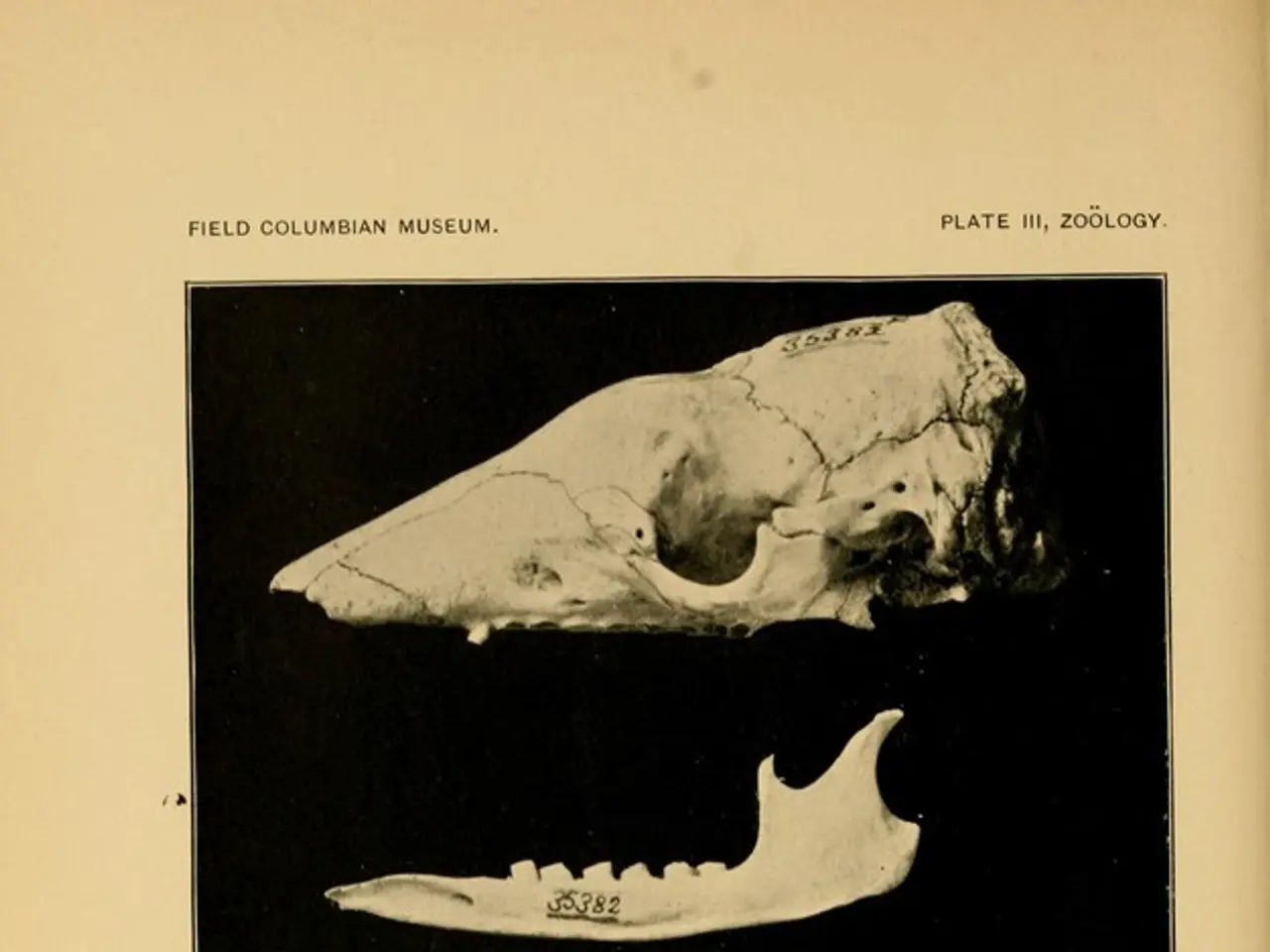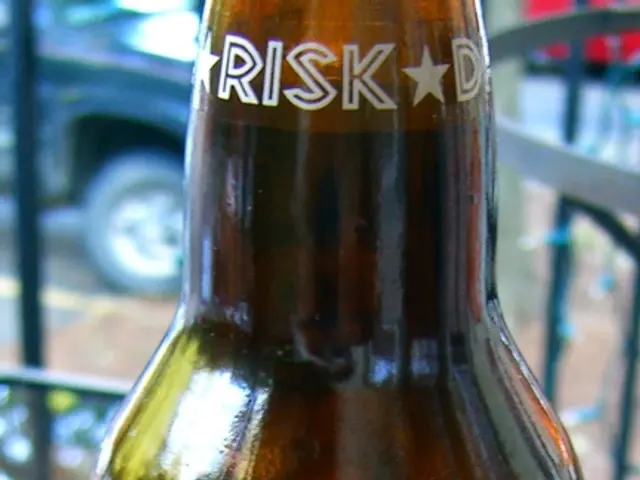Shin Splints: Signs, origins, and remedies
Shin splints, a common injury among athletes and active individuals, can disrupt training routines and cause significant discomfort. This article aims to shed light on the causes, symptoms, and preventative measures for shin splints.
Shin splints are often the result of overuse, rapid increases in exercise intensity or distance, and poor footwear. Overpronation, or the rolling inward of the foot and ankle, is also thought to be a contributing factor. The tibialis posterior, tibialis anterior, and soleus muscles, which run along the shin, may be involved in shin splints. An imbalance in foot pressure, where greater pressure is placed on the medial side of the foot, increases the risk of shin splints.
Symptoms of shin splints include pain and tenderness along the tibia, potential swelling of the lower legs, lumps or bumps along the bones in chronic cases, and red patches on the skin around painful areas in severe cases. Shin splints are most commonly associated with repetitive activities that cause stress on the shinbone and the connective tissue that attaches the muscle to the bone.
To prevent shin splints, it is essential to adopt a gradual approach to increasing activity, avoiding increases by more than 10% per week. Proper footwear is crucial, and supportive shoes appropriate for the activity and foot type should be used. Custom orthotics may be considered for those with flat feet or other conditions. Regular stretching of calves and hamstrings, along with strengthening lower body muscles, can improve flexibility and reduce strain on the shins. Cross-training, incorporating low-impact activities like swimming or cycling, can also help reduce repetitive stress on the shins.
Taking time off at the first sign of shin pain is vital to allow healing and avoid worsening the condition. Using ice and compression after activity can help reduce inflammation and pain. Shin splints can affect a wide range of people, including military personnel, dancers, and runners, and account for an estimated 10.7% of injuries in male runners and 16.8% of injuries in female runners.
In some cases, shin splints might be mistaken for other conditions with similar symptoms, so it is important to have the pain checked by a doctor. X-rays might be taken to rule out other issues. The causes of shin splints are thought to involve inflammation of the connective tissue that coats the tibia (called the periosteum), known as periostitis. Tibial injuries, such as tendinopathy, periosteal remodeling, and muscle dysfunction, might account for shin splints.
In conclusion, by addressing overuse, ensuring proper equipment, maintaining muscle balance, and allowing adequate recovery, athletes and active individuals can significantly reduce their risk of shin splints and manage symptoms effectively if they occur. Simple home remedies such as rest, ice, over-the-counter medications, and gentle stretching can also aid in recovery.
- Understanding the root causes of psoriasis, a chronic skin condition that causes red, scaly patches, is crucial for seeking appropriate treatment in science and medical-conditions.
- Depression, a mental-health issue affecting millions worldwide, can lead to various physical ailments such as obesity, and may require a holistic approach that addresses nutrition, fitness-and-exercise, and mental-health needs for effective treatment.
- Chronic Obstructive Pulmonary Disease (COPD) is a progressive chronic disease that makes it hard to breathe, and predictive measures can help identify at-risk individuals, leading to early intervention and improved health-and-wellness outcomes.
- Bipolar, a mental-health disorder characterized by extreme mood swings, affects an estimated 2.8% of Americans, and addressing mental-health, nutrition, fitness-and-exercise, and social-support can help manage symptoms and lead to a better quality of life.
- Monitoring nutrition, fitness-and-exercise, mental-health, and addressing conditions like obesity, depression, and psoriasis can contribute to a comprehensive health-and-wellness plan for optimal physical and mental performance in sports.
- A questionable lump or bump along the shins, in the presence of chronic pain and lower leg swelling, could potentially be a sign of shin splints, a common injury in athletes and active individuals, and prompt medical attention should be sought for accurate diagnosis and treatment.
- Regular fitness-and-exercise, along with stretching, proper footwear, and cross-training can help prevent shin splints, as well as other chronic-diseases and injuries commonly associated with training and sports, making it essential for the overall health-and-wellness of athletes and active individuals.







